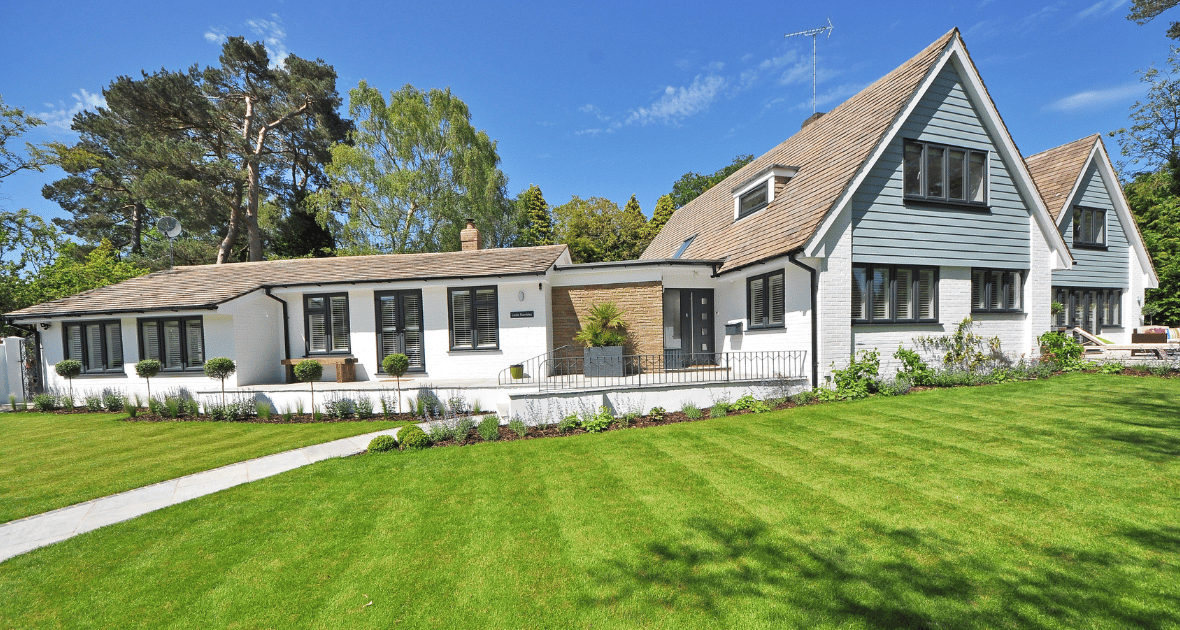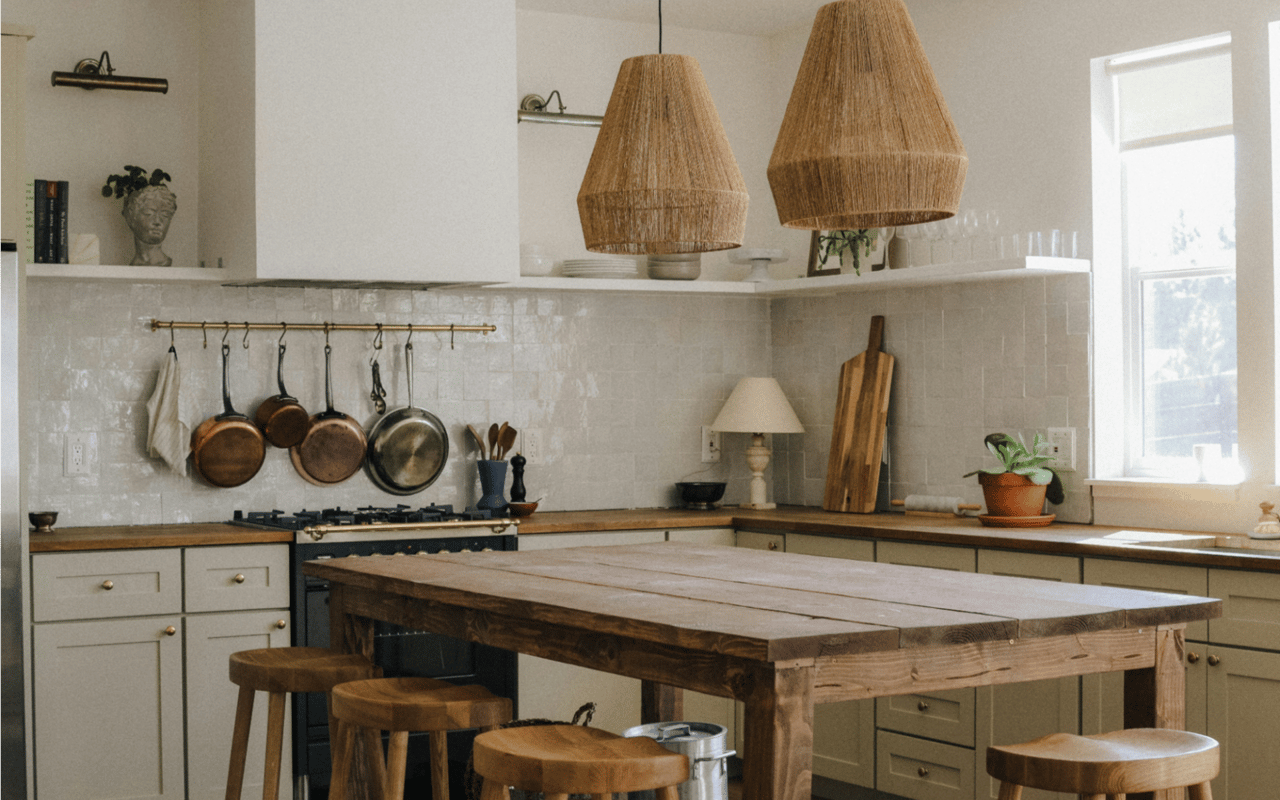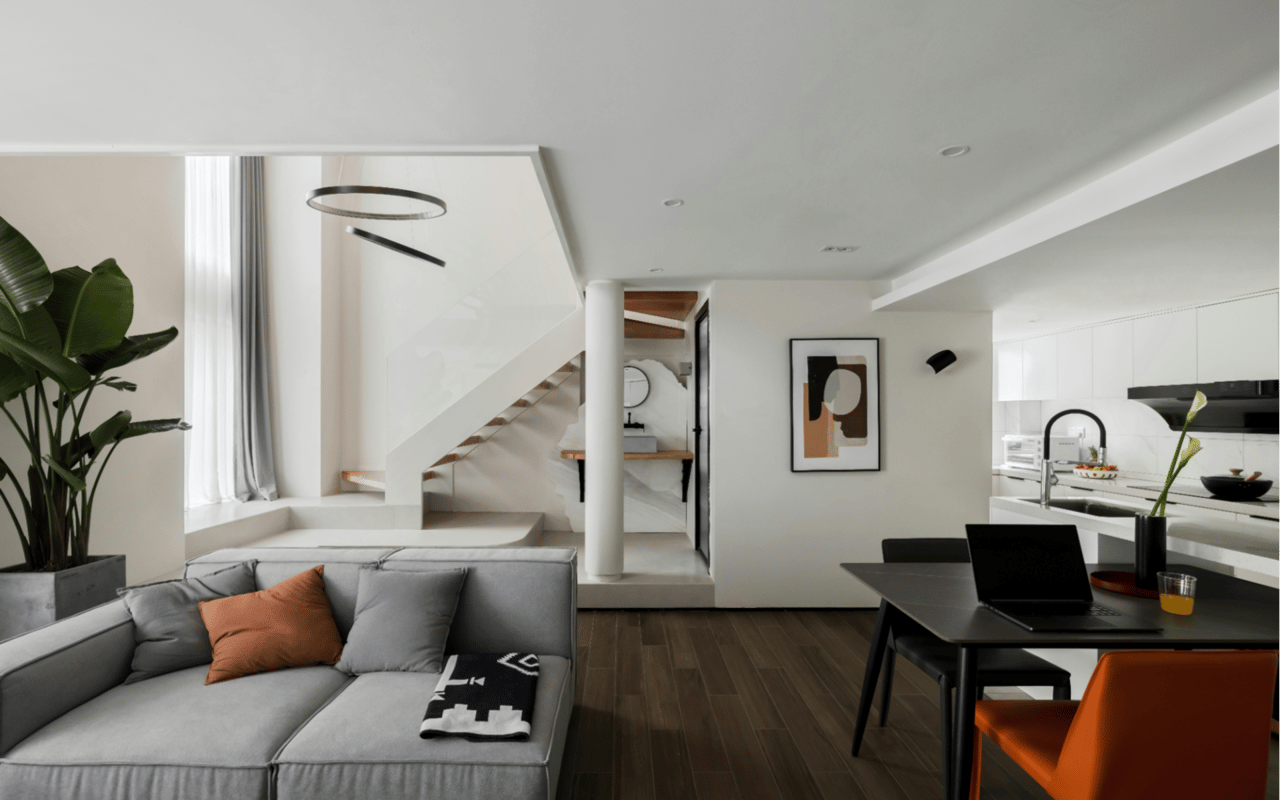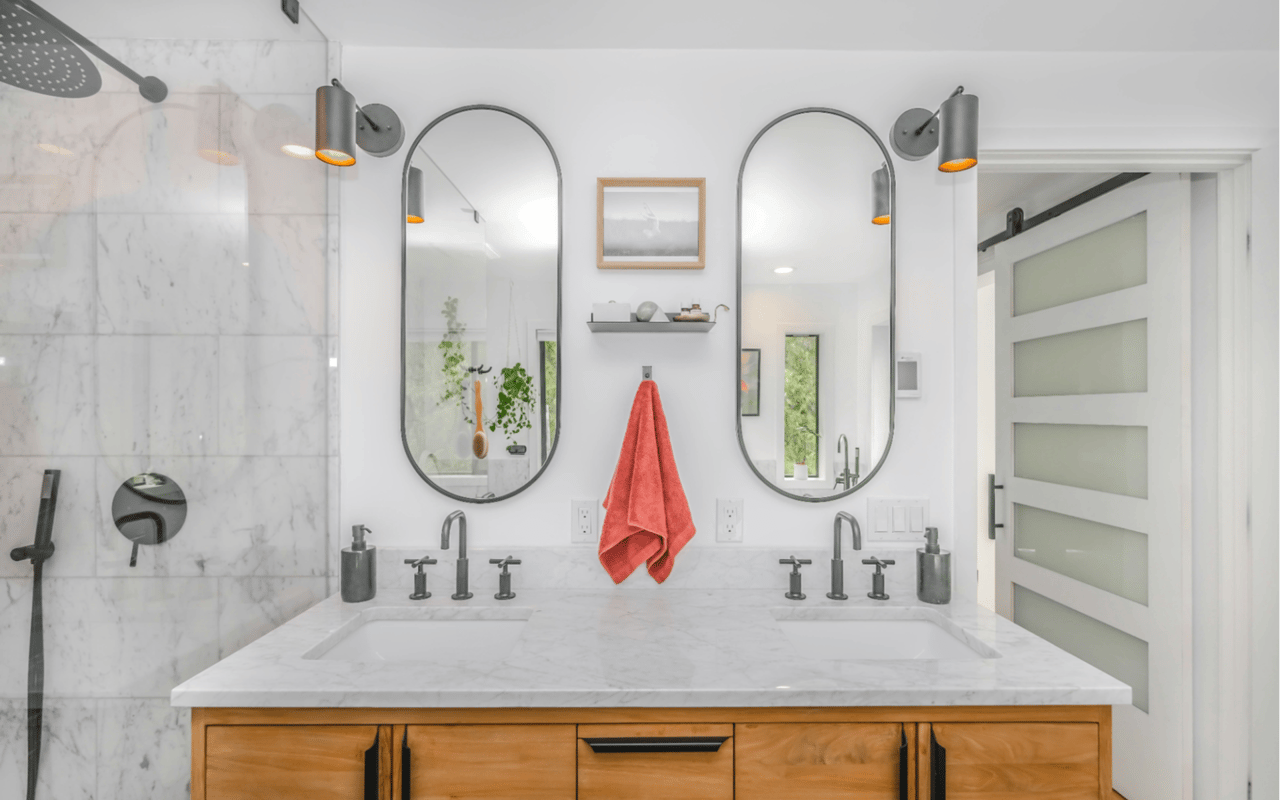Originally popularized in the 1950s, the split-level home plan continues to steal the hearts of homebuyers and it’s easy to understand why. Providing an open and airy feel, this style is a perfect match for those who crave affordability, functionality, and benefits like multiple common living spaces, more privacy, and ample natural light. While some might shy away from a split-level home based on the name alone, these timeless properties have plenty to offer. Rediscover the iconic design with a brief history of bi-level home plans, the nuances between the four main styles, and the unique advantages offered by split-levels.
A brief history of split-level home designs
During the latter half of the 20th century, split-level properties started gaining popularity as a variation of the traditional open-concept ranch house. While ranches remained the preferred housing style from the 1920s to the 1970s, split-level homes emerged in the ’50s and early ’60s as a way to maximize square footage on a smaller lot. The multiple levels of a split-level home added a sense of grandeur compared to single-story ranches and bungalows that were typical in the American suburbs during this time period. And its overall affordability allowed homeowners to enjoy the benefits of living in a multi-level house without stretching their budgets.
Styles of split-level homes
Standard Split
The main level of a standard split contains the living room, kitchen, dining room, and recreation room, all of which are accessible through a ground-level entrance. Short sets of stairs connect to the upper level, which houses the bedrooms and bathrooms, and the lower level, where there is an additional living area and garage.
Side Split
With staggered levels visible from the street, side split-level homes, like this three-bed, two-bath Glenwood listing, are easily recognizable. Usually, the attached garage is located on the lowest level, while the living room and kitchen are up one floor, positioned on the opposite side of the house. The upper level typically contains the bedrooms and bathrooms, which are above the garage.
Back Split
The back split-level home, like this three-bed, two-and-a-half-bath Naperville listing, appear like a single-level ranch house from the front. Venture to the side or backyard, however, and multiple levels can be seen. Similar to other designs, the interior features at least two different levels, which are connected by a short series of steps.
Stacked Split
A stacked split-level is often designed with a minimum of four floors, each connected by a set of short stairs. The entrance is located on the ground level, between the lower and middle levels of the house. Similar to side splits, the bedrooms in this design are typically located on the upper levels above the garage.
Advantages of split-level home floor plans
The unique layout of a split-level plan allows for multiple common spaces, which is ideal for larger households, or anyone who wants to create an additional living room, hobby room, or home office. Additionally, multi-level homes offer greater separation of space compared to traditional floor plans. This smart design reduces the probability of noise traveling from room-to-room, for more privacy. Split-levels are also outfitted with large bay windows, allowing plenty of natural light to fill the house. And since the lower-level is usually not all the way underground, this area of the house attracts more light than a traditional basement.
In summary, split-level home plans divide living spaces into multiple levels which are connected by a short staircase. The style was originally popularized in the 1950s and continues to be an affordable option for those who want to maximize their home’s square footage. There are four main styles of split-levels: standard split, side split, back split, and stacked split. Split-level homes are often characterized by large bay windows that allow plenty of natural light; separation of space between rooms that reduces noise and creates more privacy; and large yards due to the plans focus on building vertically instead of horizontally.




